Overview — why graphite bronze plates are used for long-term lubrication
Graphite bronze plates combine a load-bearing bronze matrix with distributed solid lubricant (graphite) to create a self-lubricating sliding surface. In heavy-load industrial machinery—presses, molding machines, large conveyors, cranes—these plates lower friction and wear where oil circulation is difficult or intermittent. The design yields sustained lubrication under boundary and mixed lubrication regimes, reduces downtime for relubrication, and tolerates shock and momentary dry running that would quickly damage oil-dependent bearings.
Lubrication mechanisms inside graphite bronze plates
The long-term lubrication behavior arises from two cooperating mechanisms. First, graphite acts as a solid lubricant: its lamellar crystal structure shears easily and creates a low-shear film at the contact interface. Second, the bronze matrix carries load and provides dimensional stability; it serves as a reservoir that either exposes new graphite at worn sites or enables microscopic migration of graphite particles to the surface under load. This combination sustains a low coefficient of friction even when liquid lubricant is absent or intermittent.
How lubrication is maintained over service life
- Embedded graphite forms a smear film during sliding; fresh graphite is exposed progressively as the surface wears.
- Graphite particles reduce adhesive wear and lower seizure risk during dry starts or lubricant loss.
- Under moderate temperatures the bronze provides heat conduction away from contact zones, preserving the graphite film.

Manufacturing variants and their effect on long-term performance
Graphite bronze plates are produced by different methods—drilled and plugged graphite inserts, inlay casting, powder metallurgy (sintered bronze with graphite inclusions), or diffusion bonding. Production method controls graphite particle size/shape, volume fraction, distribution uniformity and bonding strength to bronze; these factors determine how steadily the solid lubricant is delivered to the sliding interface and how the plate resists columnar loads and fatigue.
Manufacturing considerations
- Inlay/drilled plug methods concentrate graphite in pockets—good for localized lubrication but require well-designed spacing to avoid stress concentration.
- Powder metallurgy yields homogeneous graphite distribution for steady, uniform lubrication at the surface.
- Surface finishing (machining, honing) and post-heat treatment affect graphite exposure rate and fatigue resistance.
Performance advantages in heavy-load applications
Graphite bronze plates provide several measurable benefits compared with plain bronze or polymer bearings when used under high pressure, shock loads, or where relubrication is costly or impossible. They maintain low friction in boundary conditions, reduce wear and seizure risk, enable longer maintenance intervals, and perform reliably at elevated temperatures where greases may degrade.
| Advantage |
Practical impact |
Typical result |
| Self-lubrication |
Operates without continuous grease feed |
Longer intervals between relubrication |
| High load capacity |
Supports compressive and shock loads |
Stable bearing under heavy press or hammering |
| Dry running tolerance |
Survives short lubricant loss events |
Reduced seizure during start/stop cycles |
| Temperature resistance |
Solid lubricant stable to high service temperatures |
Reliable in hot tooling and die environments |
Design parameters that govern lubrication life
Key parameters to specify when selecting or designing graphite bronze plates include graphite volume fraction, graphite particle size and shape, plate thickness, bronze alloy grade, surface hardness, and the presence or absence of oil grooves. These parameters determine the rate at which graphite is replenished at the contact surface, the plate’s load distribution capability, and its resistance to edge cracking or fatigue under cyclic loads.
Selection checklist for engineers
- Specify allowable surface pressure (MPa) and target PV (pressure × velocity) limits for the application.
- Decide on homogeneous vs pocketed graphite depending on whether continuous uniform lubrication or targeted replenishment is required.
- Define corrosion resistance needs—select tin-bronze or aluminum-bronze matrix based on environment.
- Include surface finish tolerances and flatness values to ensure even contact and avoid local overloads.
Installation and maintenance best practices
Proper installation preserves lubrication life. Plates must be mounted flat, with correct torque on fasteners and compatible backing or support to avoid bending. Sealing strategy (to exclude large contaminants) and complementary lubrication (occasionally topping up with grease where practical) extend service life. Scheduled inspections should focus on wear depth, surface texture changes and any signs of bronze fatigue around graphite inclusions.
Inspection and service checklist
- Measure wear depth: set replacement threshold (e.g., 0.5–1.0 mm depending on plate thickness).
- Check fastener torque and backing plate condition every service interval.
- Inspect for local overheating, glazing, or loss of graphite film indicating abnormal contact conditions.
- Record operating hours and duty cycles to predict remaining lubrication life.
Performance limits and typical specifications
While graphite bronze plates are robust, they are not unlimited. Specify allowable surface pressure, sliding speed and operating temperature. Typical manufacturer guidance includes maximum surface pressures in the range of tens to a few hundred MPa depending on alloy and design, PV limits tied to graphite replenishment rate, and maximum continuous temperatures where graphite remains stable. Confirm these with supplier test data for the intended duty cycle.
Common failure modes and corrective actions
Failures fall into predictable categories: excessive wear (flat loss of material), localized fracture or delamination at graphite pockets, corrosion-driven matrix weakening, and overheating/glazing that prevents graphite transfer. Corrective measures include improving support stiffness, increasing graphite content or changing distribution, adding oil grooves for supplemental lubrication, switching alloy matrix for better corrosion resistance, or lowering operating speeds/loads.
Quick troubleshooting guide
- If seizure or high friction appears at startup — verify surface flatness and add temporary external lubrication during break-in.
- If pockets chip or crack — reduce pocket spacing or switch to homogeneous distribution to lower stress risers.
- If corrosion is observed — change to a more corrosion-resistant bronze or apply protective coatings to non-sliding faces.
Application examples and specification summary
| Application |
Key requirement |
Recommended plate trait |
| Hydraulic press guides |
High compressive load, shock tolerance |
High-density bronze, homogeneous graphite, thick section |
| Injection mould slides |
High temperature, intermittent lubrication |
Good heat conduction bronze, fine graphite dispersion |
| Conveyor wear strips |
Continuous sliding, abrasive particles |
Harder bronze alloy, oil grooves for supplemental lubricant |
Final recommendations for engineers and maintenance teams
Specify graphite bronze plates with supplier test data that match your loading, speed and environmental profile. Favor homogeneous graphite distributions for steady lubrication in long sliding zones and pocketed designs where targeted lubrication is sufficient. Ensure proper machining, flatness control, and predictable inspection intervals. Combined with correct installation and condition-based inspection, graphite bronze plates deliver reliable, long-term lubrication advantages in heavy-load industrial machinery.




 English
English Español
Español
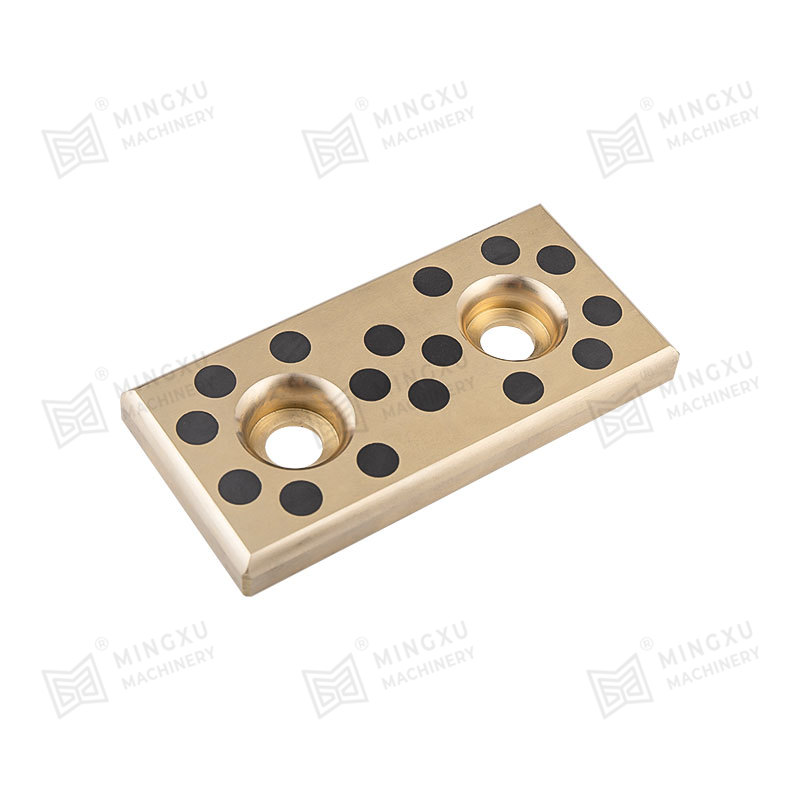
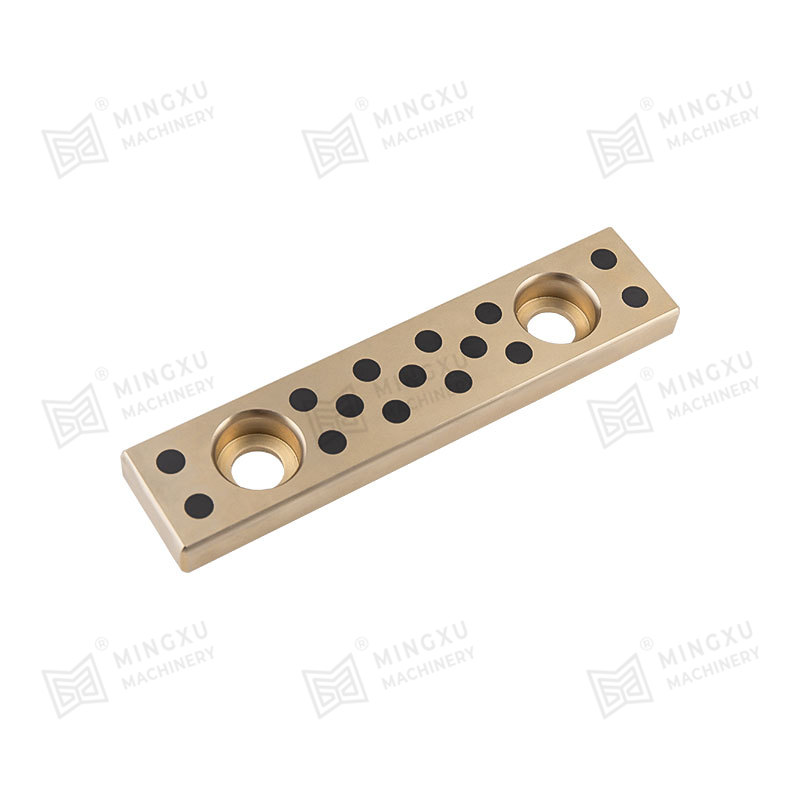
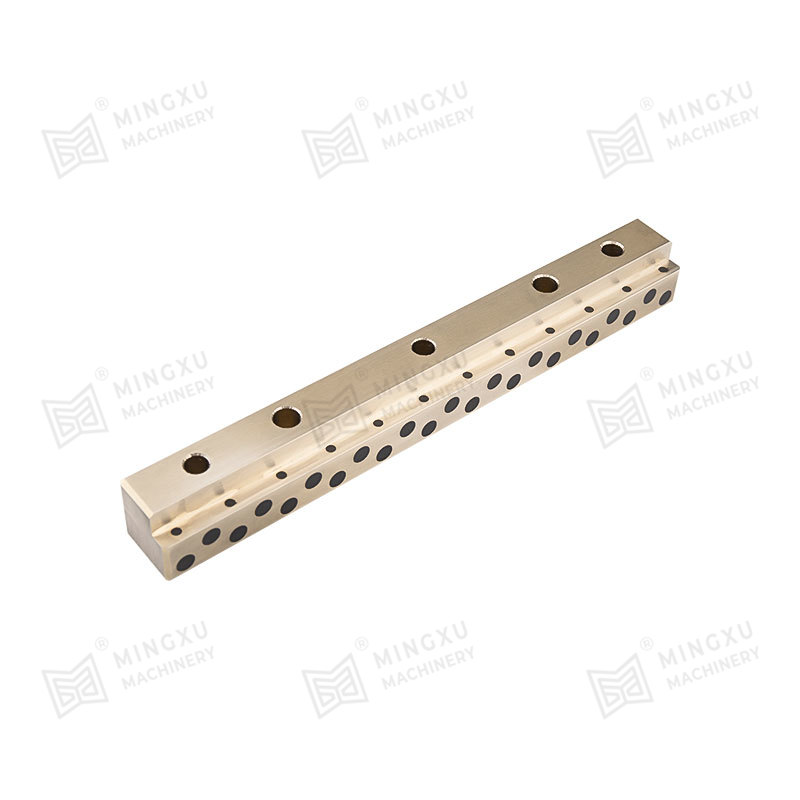
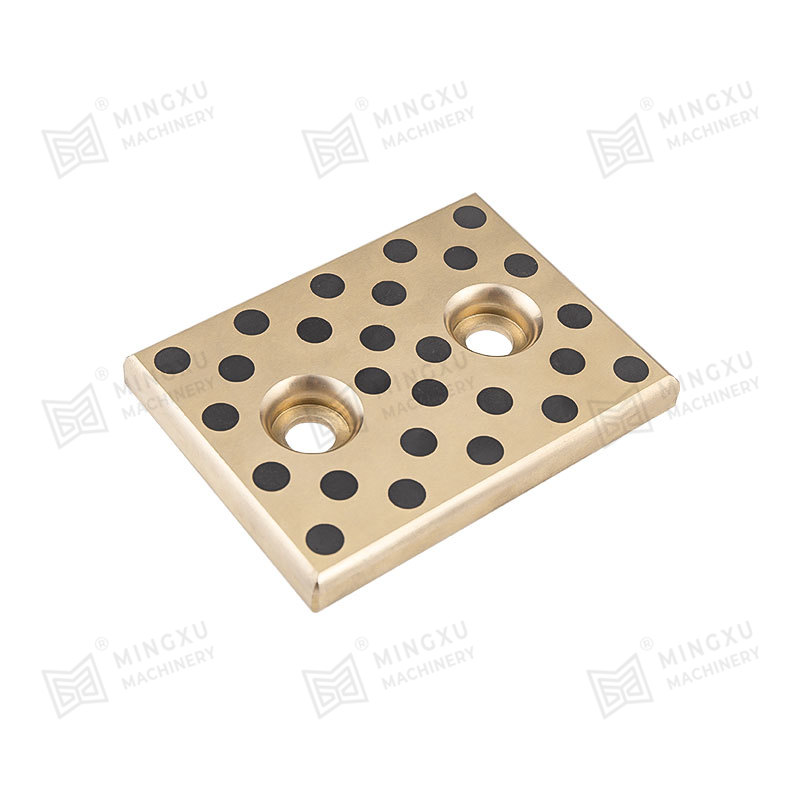
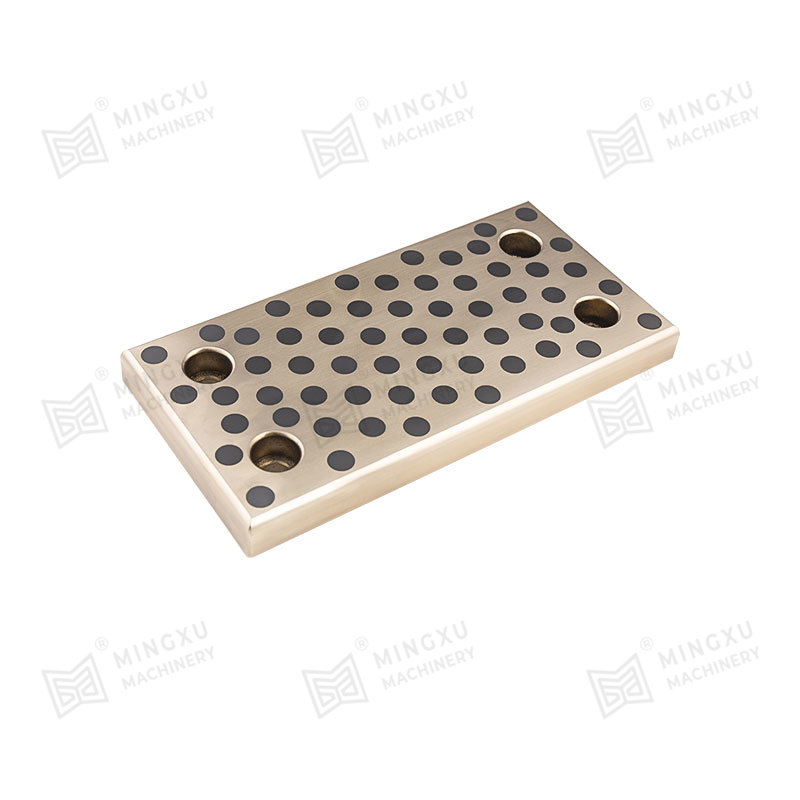
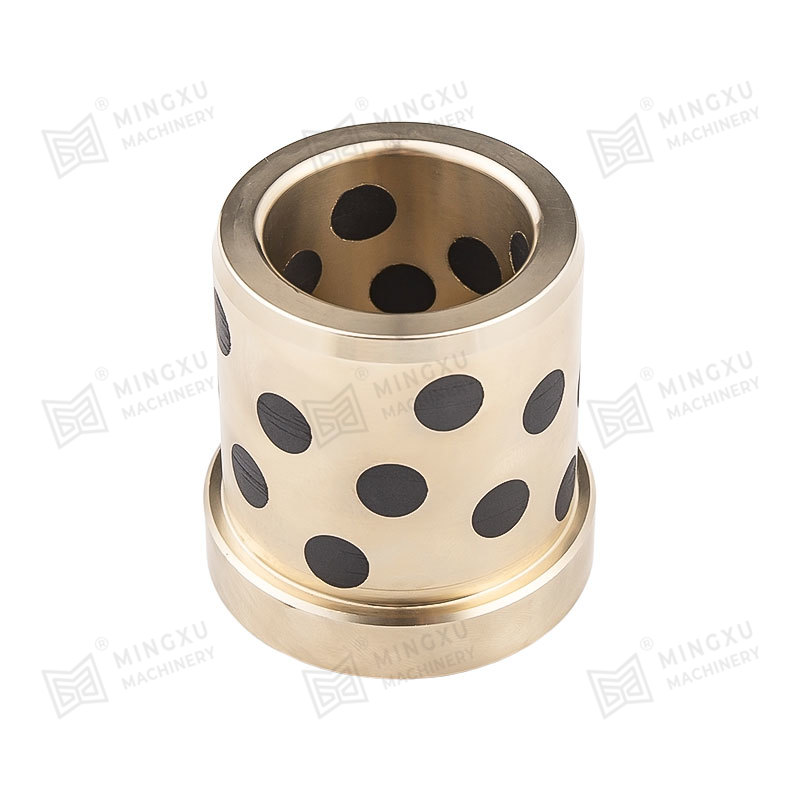
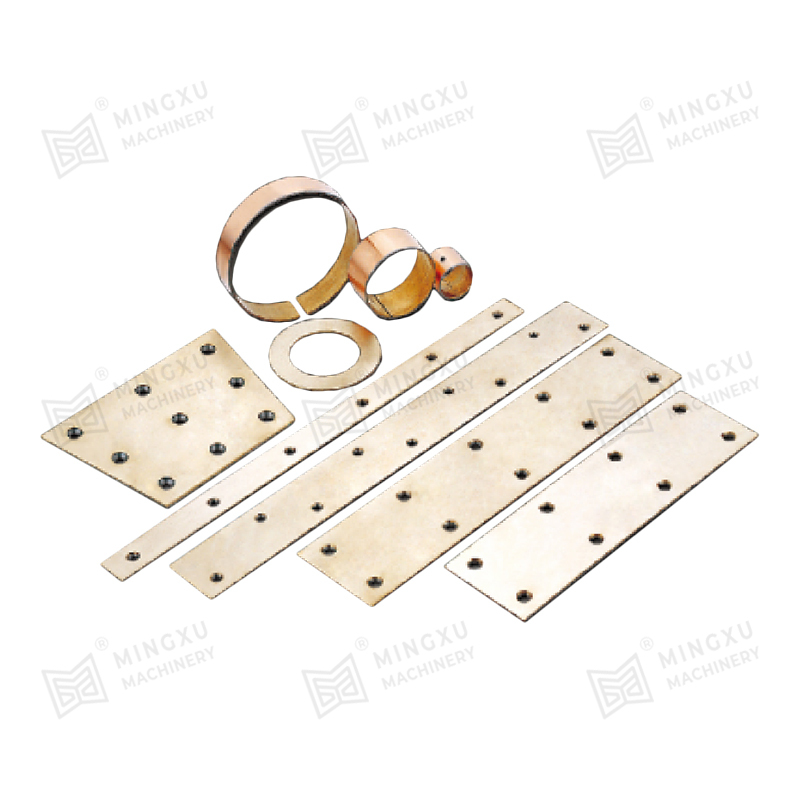
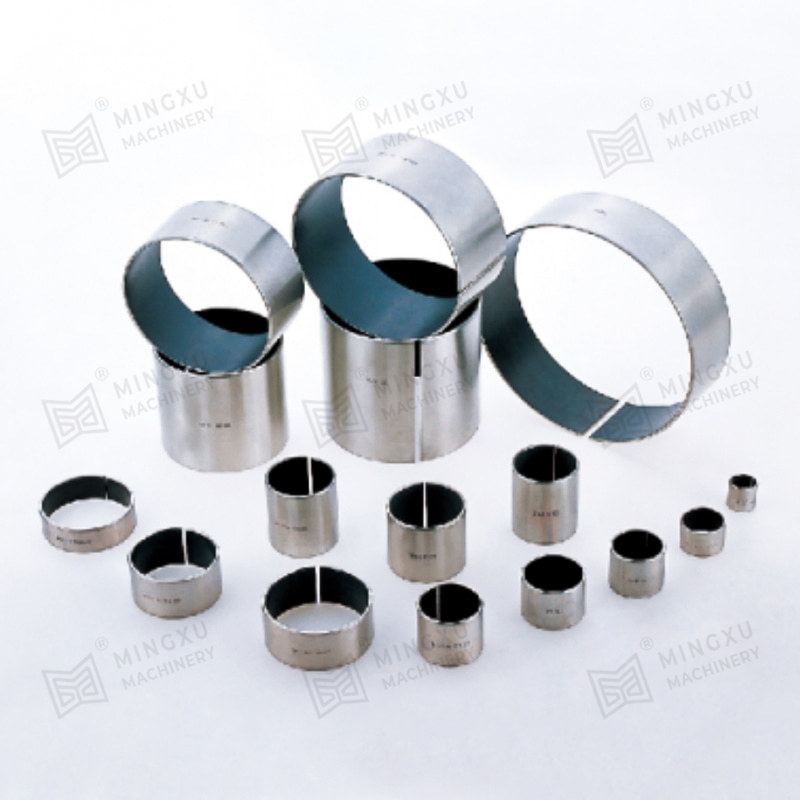
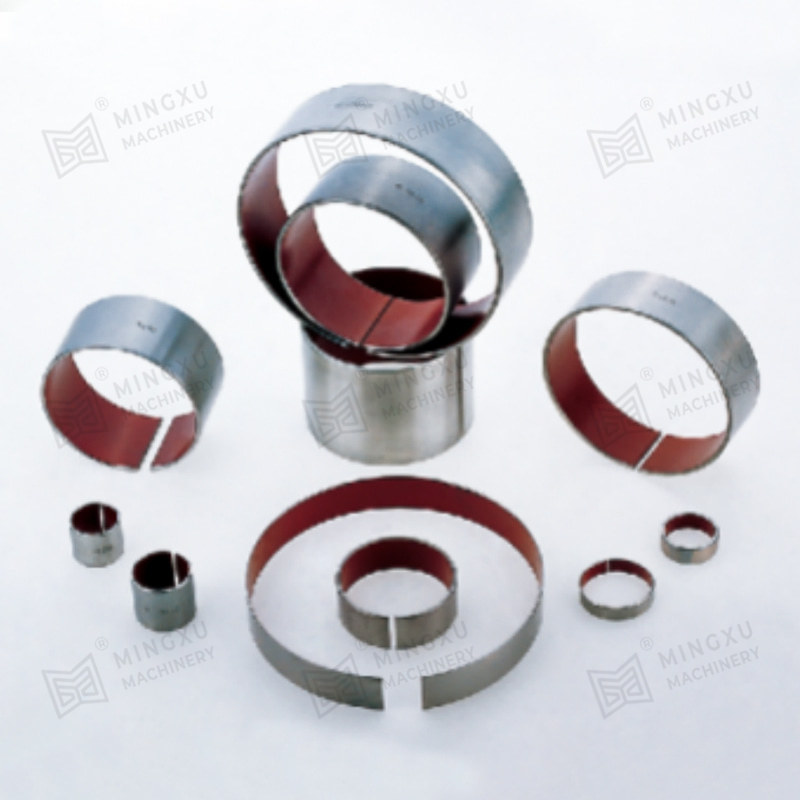

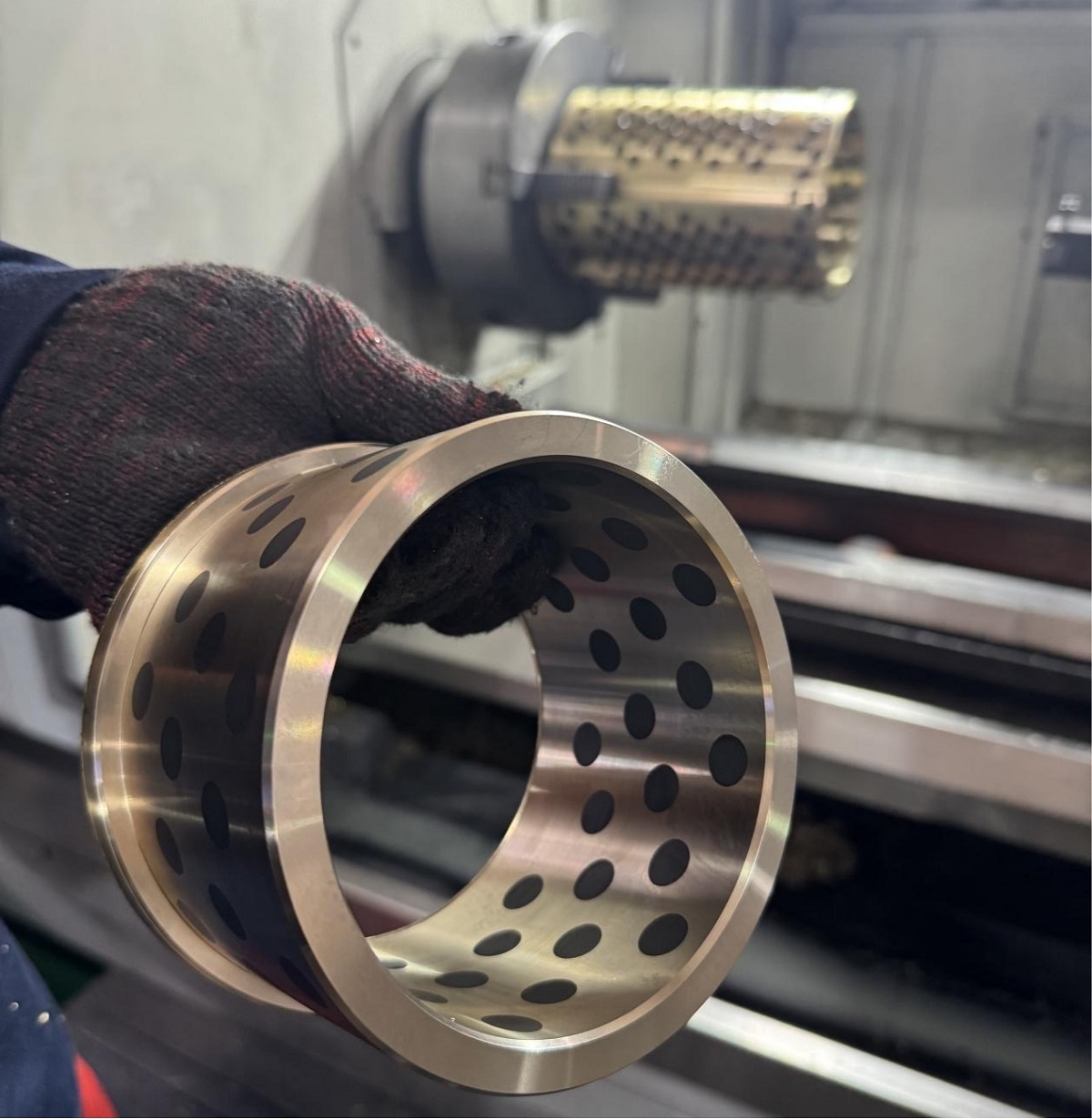






Contact Us